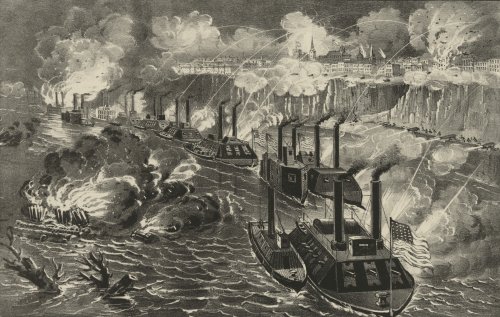

Outbound ships chiefly exported cotton, tobacco and other goods for trade and revenue, while also carrying important mail and correspondence to suppliers and other interested parties in Europe, most often in England. Neutral merchant ships in turn carried these cargoes, usually coming from or destined to Great Britain or other points abroad.

To avert wartime legalities and confiscation, these vessels would carry cargoes to and from neutral ports, often located in Nassau and Cuba. If spotted, the blockade runners would attempt to outmaneuver or simply outrun any Union ships on blockade patrol, often successfully. The typical blockade runners were privately owned vessels often operating with a letter of marque issued by the Confederate States of America.

To penetrate the blockade, these relatively lightweight shallow draft ships, mostly built in British shipyards and specially designed for speed, but not suited for transporting large quantities of cotton, had to cruise undetected, usually at night, through the Union blockade. To meet this need blockade runners were built in Scotland and England and were used to import the guns, ordnance and other supplies that the Confederacy desperately needed, in exchange for cotton that the British textile industry needed greatly. The Confederate states were largely without industrial capability and could not provide the quantity of arms and other supplies needed to fight against the industrial North. Throughout the American Civil War, blockade runners were seagoing steam ships that were used to get through the Union blockade that extended some 3,500 miles (5,600 km) along the Atlantic and Gulf of Mexico coastlines and the lower Mississippi River.


 0 kommentar(er)
0 kommentar(er)
